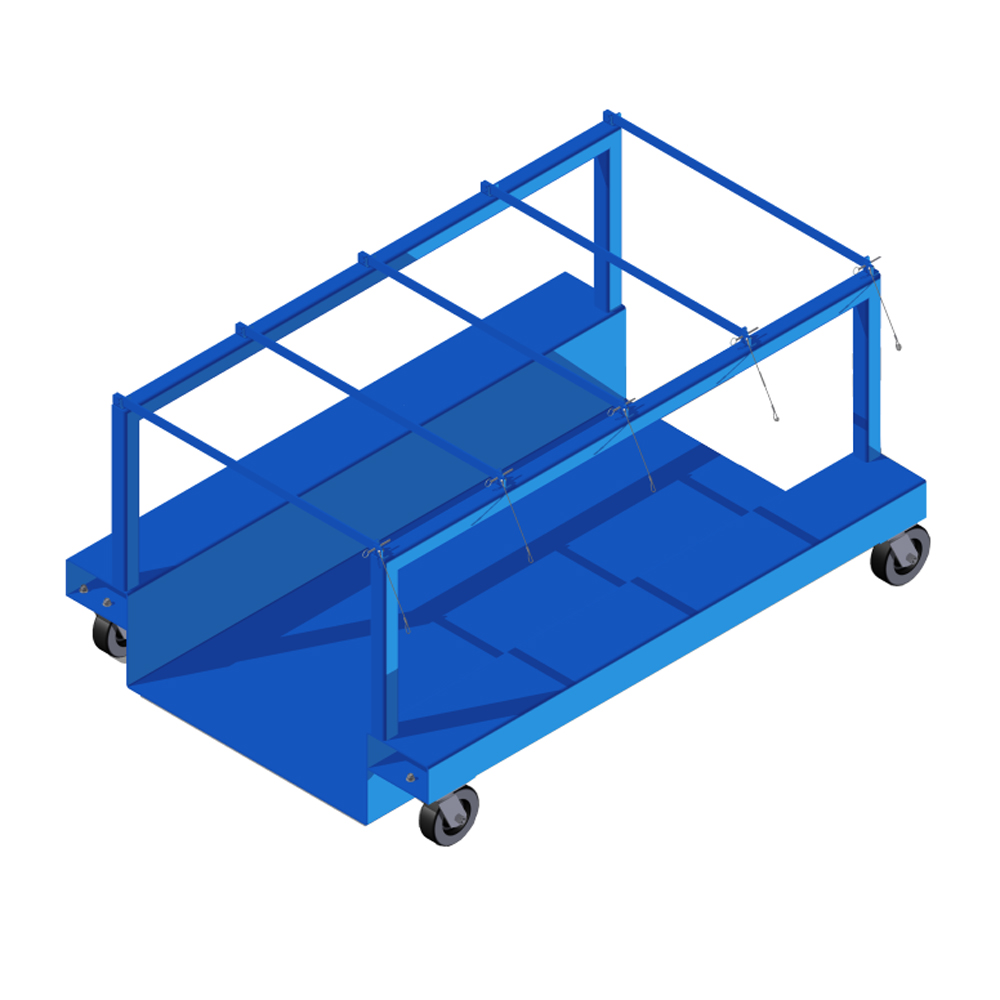We use cookies to make your experience better. To comply with the new e-Privacy directive, we need to ask for your consent to set the cookies. Learn more.
Improve Warehouse Management by Limiting These Three Tasks
The purpose of a distribution center (DC) is to fulfill orders. That may seem obvious, but things get complicated when you break down the order fulfillment process into individual tasks. Luckily for forward-thinking DC managers, industrial engineers get paid to do just that.
The latest research shows that order picking is the most common workplace task in a high-throughput DC, making up 54 percent of the total labor hours. In order to run more efficiently, then, start with streamlining the order picking process.
According to Paul Dittmann, executive director of the Global Supply Chain Institute at the University of Tennessee, DCs can vastly increase productivity by reducing time spent on three crucial elements of the order picking process: travel distance, use of paper, and number of touches.
Here are a few tips to reduce time spent on what we'll call the Big Three of picking orders:
1. Travel Distance
A study out of Erasmus University Rotterdam's Rotterdam School of Management reports that order pickers spend up to 50 percent of their labor time on travel alone. Reduce travel time and you'll see immediate productivity increases.
There are a few ways to cut down on staff travel time. The most extreme is to redesign the floor plan of your entire warehouse. When you place shelves at 45-degree angles, you can take advantage of the Pythagorean theorem to send order pickers along the hypotenuse of a right triangle, which is always the shortest possible distance between two points on a flat plain (or a superflat warehouse floor, for our purposes).
Less drastic changes can pay great dividends, too. Switching to compact storage can give order pickers access to a greater number of SKUs closer to the shipping room.
Batching orders and carefully planning picking routes also slashes travel time by bundling several tasks into one. Be sure to equip order pickers with reliable carts to obtain the most value from order batching; with multiple steel shelves smooth-rolling casters, Order Picking Carts from Solus Group are ideal for this strategy.

2. Paper Pick Lists
While some DCs still rely on paper pick lists for wave picking, this strategy is becoming less and less tenable as facilities switch to omnichannel fulfillment. When orders come in constantly from customers' smart phones and laptops, flexible picking technology becomes a necessity.
Switching to a hands-free order system also leaves staff free to grab items, without having to put down and pick up a clipboard with every pick.
3. SKU Touches
Every time a staff member interacts with a SKU, you lose value on that order. Ideally, the order should only be touched once after it lands on your warehouse shelf.
Usually, additional touches come from human error. Maybe the order picker grabbed the wrong item, or the packer chose the wrong box. Staff training can certainly help, but so can technology: print-and-apply labeling systems can clearly mark SKUs, reducing erroneous picks.
Distribution centers that pick and pack individual orders can also travel with pre-planned cartons on Order Picking Carts, combining the first step in the packing process with every pick.
Specialized material handling equipment also goes a long way toward building a more efficient DC. Given the rise in number of SKUs handled by the typical order fulfillment center, facilities may need different types of carts for different items.
Facilities that count compressed gas cylinders among their SKUs, for instance, can realize greater safety and efficiency with a material handling cart that's designed just for these items. The Cylinder Transporter from Solus Group offers quick-release retainer bars for efficient loading and unloading of gas cylinders, and it's equipped with fork pockets for transportation via forklift.
Every DC is different, and an ideal strategy will depend on the specific needs of each facility. However, all DC managers have one thing in common: By reducing travel time, use of paper, and SKU touches, they can all drastically increase efficiency — which is the key to boosting profitability.
References:
Dittmann, Paul. "11 Ways." Industrial Engineer: IE 48.2 (2016): 44. MasterFILE Premier. Web. 19 Aug. 2016.
Harps, Leslie. “Best Practices in Today’s Distribution Center.” InboundLogistics. Thomas Publishing Company, May 2005. Web. 19 Aug. 2016.
Koster, Rene, Kees Jan Roodbergen, and Ronald van Vooren. “Reduction of walking time in the distribution center of De Bijenkorf.” Roodbergen. Roodbergen, K.J. PDF. 19 Aug. 2016.
